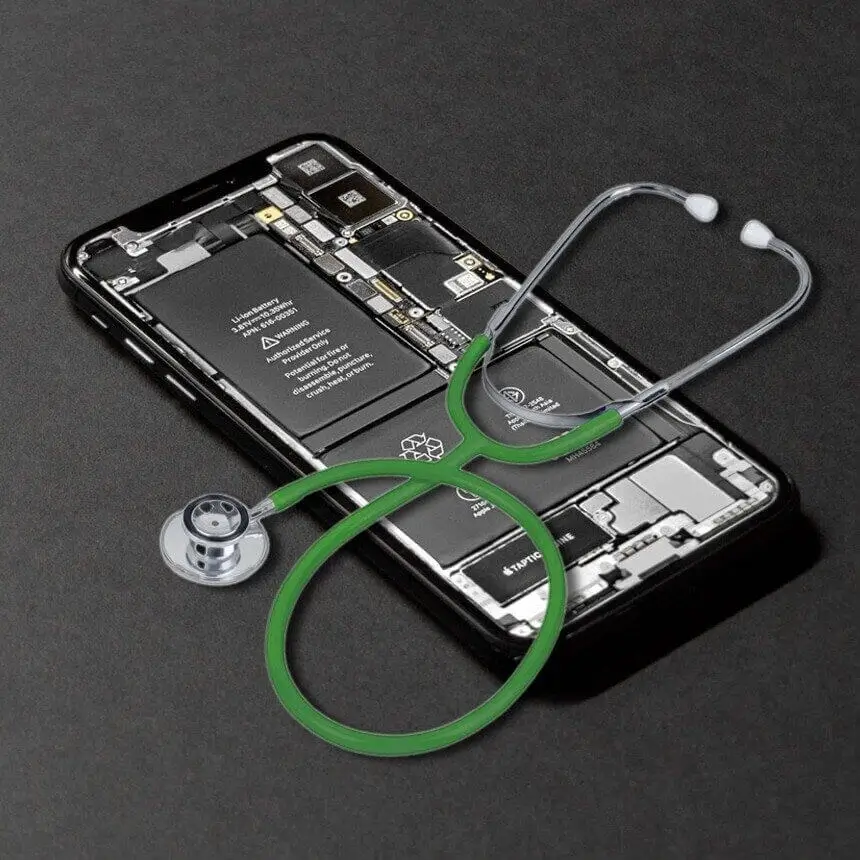
There are 3 approaches that responsive web design service providers take to using frameworks:
- They use a part of the framework with their own custom code
- Create their own framework by writing it from scratch
- Use a framework in its entirety
All these approaches are correct, and they completely depend upon what the designer deems fit for the project. When it comes to the frameworks to use; let us talk about 3 most popular frameworks – Bootstrap, Foundation, and GetUlkit.
Grid System:
Each of these 3 frameworks come with a grid system. That is something that you would expect. When it comes to this system with Bootstrap and Foundation, there are multiple breakpoints available. In addition to that, there are other options like source ordering, offsets, nested grids, etc. The exact values of the breakpoint vary. However, you can generally customize these breakpoints with SCSS. Additionally, Bootstrap provides a Flexbox based grid system by default. Foundation, on the other hand, has a floated grid system by default. GetUlkit is different to these 2 frameworks. The layout here is divided into 3 components, i.e. Width, Flex, and Grid. You can create as many columns as you wish with GetUlkit.
Default Styling & CSS:
Here’s another important point to consider while comparing the three responsive design frameworks. All these 3 frameworks that are discussing have some type of CSS styling available. Styling can, however, be amended with the help of an overriding style sheet. The same can also be done by making a modification to the available SCSS. All these 3 frameworks also provide utility classes. These can be made use of for visibility of elements, responsiveness, and printing. When it comes to Foundation & GetUlkit; they offer right to left (RTL) support for those languages that are written that way. Previous Bootstrap versions also had RTL support. The documentation for Bootstrap 4 doesn’t clarify if this version will have RTL support too.
Navigation & Navigation Elements:
As a responsive web design company, we understand the significance of navigation as well as navigation elements. All of these frameworks are known to offer very common navigation components. These include pagination, tab, accordions, breadcrumbs, etc. There are obviously some differences in these 3 frameworks, but all of their navigation work well. There are dropdown menus available with the 3 frameworks. These can be used in so many different situations.
JavaScript Components:
These 3 frameworks are all relied on JQuery when it comes to their JavaScript-based components. Talking about GetUlkit & Foundation, they come with a JQuery copy. On the other hand, with Bootstrap; it connects through a CDN or a download.
WHICH IS THE BEST FRAMEWORK?
As mentioned earlier, selecting the best framework will depend on your requirement and preferences. All these 3 frameworks can come in handy for different projects, and you should deploy the one that you deem fit for your project.
Do you have any questions or comments about this blog? Do you want to know more about HTML5 responsive design or any of our other services? Contact us





